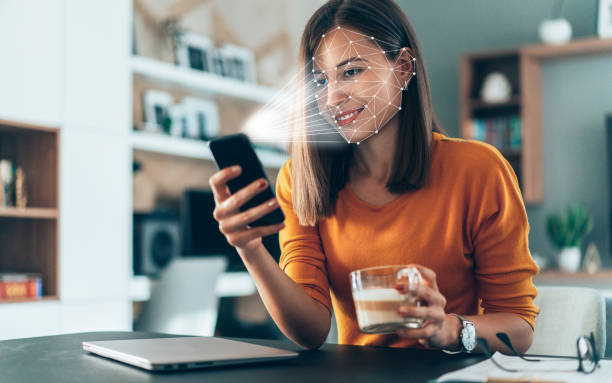Online Face Verification: Enhancing Security and Trust in the Digital World
Enhancing Security and Trust in the Digital World

As the world becomes increasingly digital, the need for robust and reliable online security measures has never been more critical. One method that is gaining popularity is face verification. By leveraging advanced facial recognition technology, enhances security, prevents fraud, and builds trust in various industries. This article will delve into the concept of online verification, exploring its working principles, benefits, and applications across sectors.
Understanding Online Face Verification
Online face verification is a biometric authentication method that uses facial recognition algorithms to verify the identity of individuals. It involves the process of face detection online by capturing an individual’s facial image through a camera or uploaded photo and comparing it against a pre-registered image or a database of known faces. To create a unique facial template, the technology uses face-matching techniques to analyze key facial features, such as the distance between the eyes, the nose’s shape, and the face’s contours. This template is then compared with the stored template to determine if there is a match.
Benefits of Online Face Verification
1. Enhanced Security:
Online face verification provides a higher level of security compared to traditional methods, such as passwords or PINs. Facial features are unique to each individual, making it difficult for unauthorized users to gain access.
2. Fraud Prevention
Online face verification helps prevent fraud by ensuring that the person conducting a transaction or accessing sensitive information is the authorized user. It mitigates the risk of identity theft, account takeovers, and fraudulent activities.
3. User Convenience
Unlike passwords or PINs, which can be forgotten or stolen, online face verification offers a convenient and user-friendly authentication method. Users simply need to present their faces to the camera or upload a photo, eliminating the need to remember complex passwords.
4. Seamless User Experience
Face verification can seamlessly integrate into various digital platforms, providing a smooth and frictionless user experience. It eliminates the need for manual face identification processes, reducing wait times and enhancing customer satisfaction.
5. Applications:
Online verification has applications across diverse industries, including banking and financial services, e-commerce, healthcare, travel and hospitality, and government services. It can be used for identity verification, access control, secure transactions, customer onboarding, and more.
Applications of Online Face Verification
1. Financial Services
Face verification is commonly used in the financial industry for secure customer onboarding, KYC (Know Your Customer) , and fraud prevention. It ensures that individuals opening bank accounts, applying for loans, or conducting financial transactions are who they claim to be.
2. E-commerce
Online face verification is employed in e-commerce platforms to authenticate buyers and sellers, preventing fraudulent activities and enhancing trust in transactions. It adds an extra layer of security to payment processes and reduces the risk of chargebacks.
3. Healthcare:
Online face verification is utilize in the healthcare industry to verify the identity of patients, healthcare providers, and employees. It helps protect patient data, prevent medical identity theft, and ensure accurate medical record-keeping.
4. Travel and Hospitality:
For identity check and access control, face verification is ulitize at airports, hotels, and other travel-related services. It enhances security, speeds up check-in processes, and improves customer experience.
5. Government Services
Face verification is utilize by government agencies for various purposes, including passport verification, driver’s license issuance, and voter identification. It helps prevent identity fraud and ensures the integrity of government processes.
Conclusion
Online face verification is a powerful tool that enhances security, prevents fraud, and builds trust in the digital world. Its ability to accurately verify an individual’s identity using online face recognition technology offers a secure and user-friendly authentication method. Finds applications across diverse industries, including financial services, e-commerce, healthcare, travel and hospitality, and government services. As technology advances, will play a crucial role in ensuring the security and trustworthiness of interactions, enabling individuals and businesses to navigate the digital landscape confidently.



